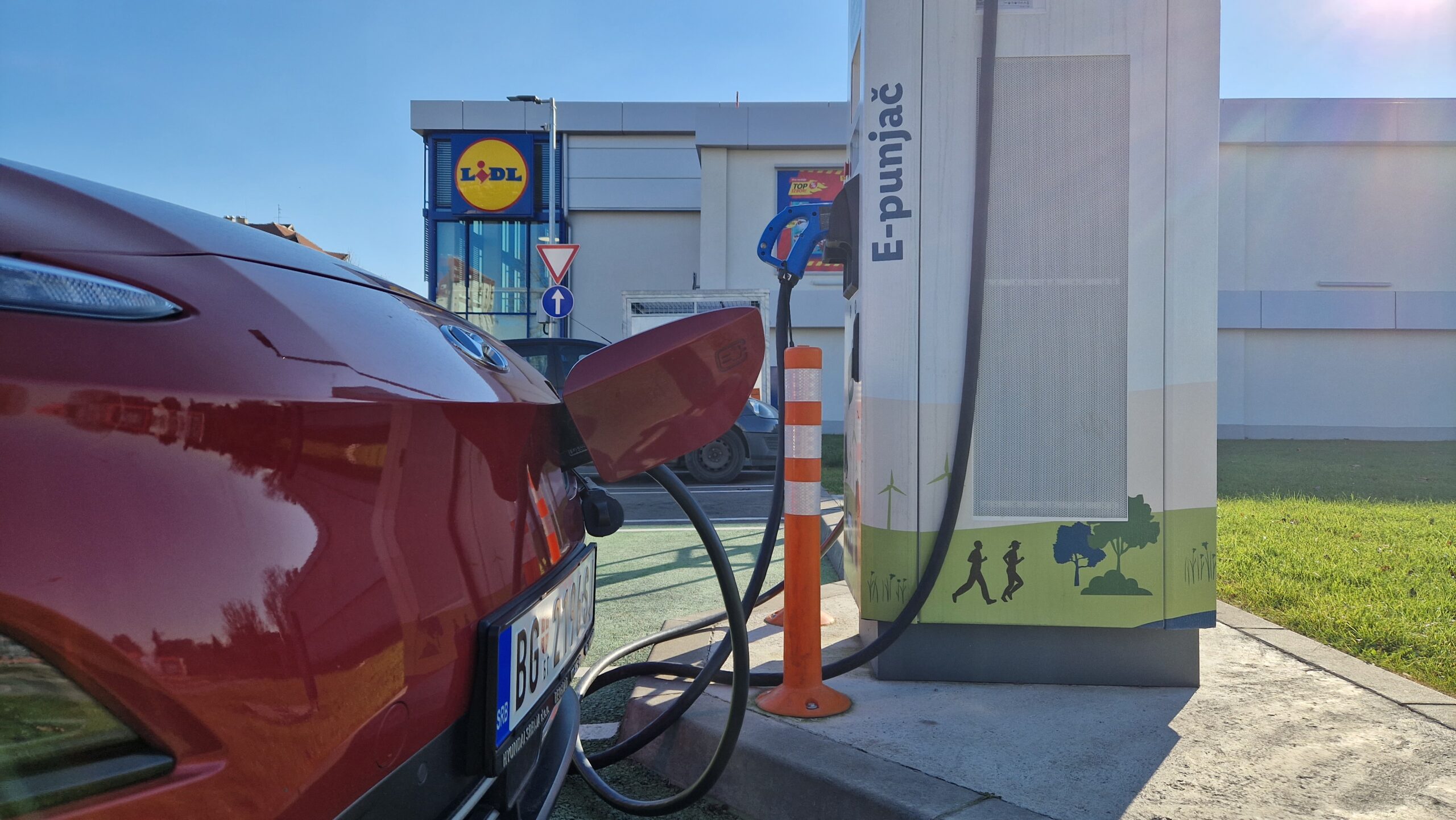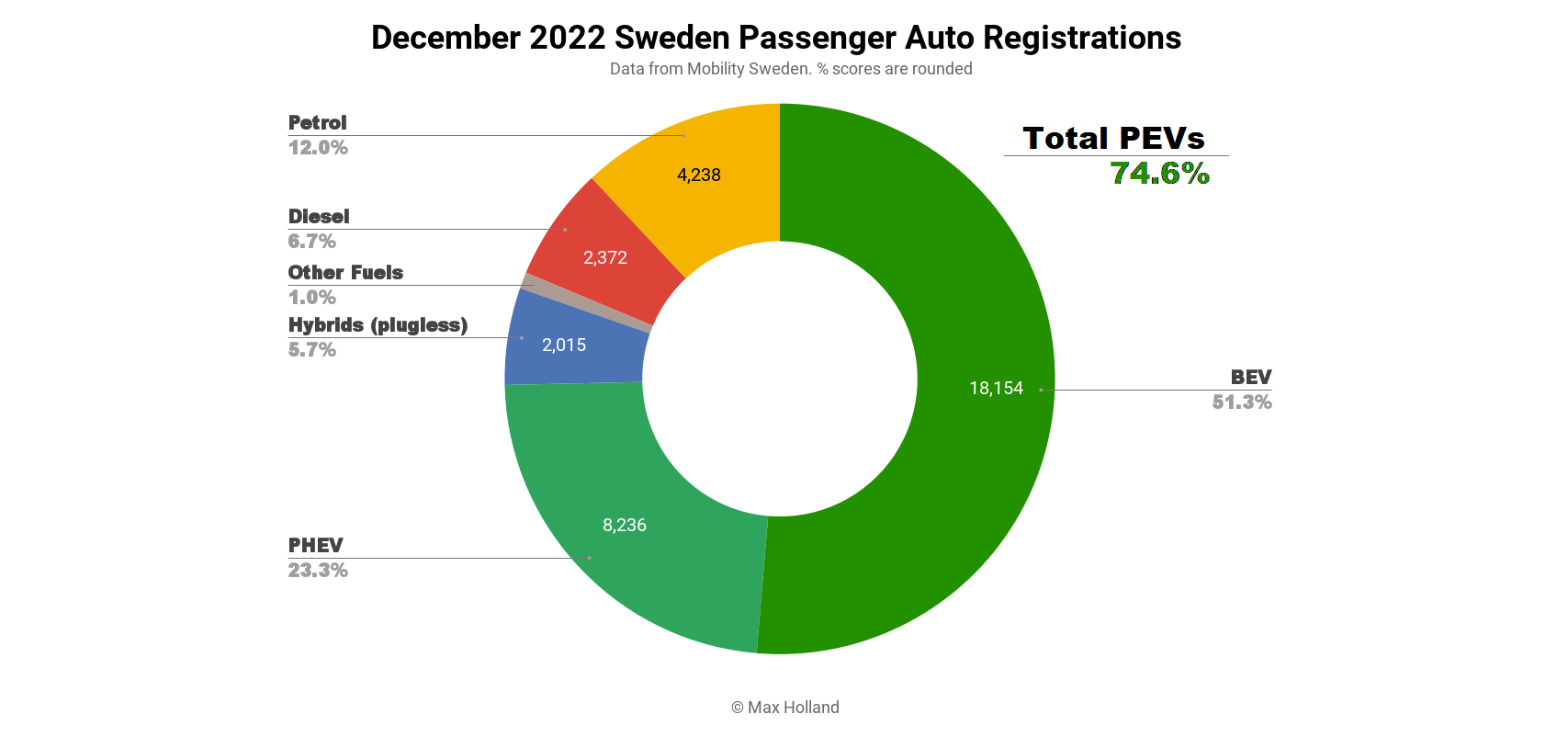Electric-vehicle batteries may help store renewable energy to help make it a practical reality for power grids, potentially meeting grid demands for energy storage by as early as 2030, a new study finds.
Solar and wind power are the fastest growing sources of electricity,
according to climate think tank Ember. However, the variable nature of their energy raises fears of unstable power grids. One way to help account for this variability are
batteries that can release stored renewable energy when the wind dies down or the sun’s not out.
Available EV battery capacity—projected vehicle-to-grid storage plus end-of-vehicle-life battery banks—is expected to outstrip grid demands by 2050.
In the new study, researchers focused on the role that electric vehicles may play in grid-storage demands. They analyzed the use both of electric vehicles connected to power grids and of batteries removed from electric vehicles.
The vast majority of electric-vehicle owners currently charge their cars at home at night. When they are plugged in, their batteries could find use in grid storage. For such vehicle-to-grid applications, “the EV drivers can sign a contract with an energy entity to transfer the using right,” says study lead author Chengjian Xu, an industry ecology researcher now at the Delft University of Technology, in the Netherlands. “The energy entity smartly controls the
EV battery charging and discharging profiles to guarantee grid-storage services and battery charging to a full state. The EV drivers will receive a monetary benefit from the energy entity.”
When the capacity of
electric-vehicle batteries drops to between 70 to 80 percent of their original capacity, they generally become unsuitable for transport uses. However, these end-of-vehicle-life batteries may still have years of use in less-demanding grid-storage applications. Given their value and regulations, “we assume all batteries will be collected,” Xu says. Repurposed batteries can be packed into a power bank “for providing grid services.”
The scientists calculated that when combined, vehicle-to-grid and end-of-vehicle-life capacity could reach 32 to 62 terawatt-hours by 2050. In contrast, they estimated grid demands for short-term storage would only be 3.4 to 19.2 TWh by 2050. In other words, in this respect at least, supply is projected to outstrip demand.
“Policymakers should be cognizant of the energy-storage opportunities from EV batteries,” Xu says.
The researchers found that short-term grid-storage demands globally could be satisfied if only 12 to 43 percent of all EVs took part in vehicle-to-grid applications. Less than 10 percent would be needed to accomplish this goal if half of all end-of-vehicle-life batteries were repurposed for grid storage.
The rate at which EV users take part in vehicle-to-grid applications can play a key role in how much electric vehicles may help in grid storage, and the government can play an important role in providing incentives to participate, Xu says.
“This may include smart controllers for consumers in order to facilitate easy market participation, and communication of benefits to EV users,” Xu says. “Strong reuse regulations will also be necessary to ensure that batteries are recovered at end-of-vehicle life and easily integrated into the grid.”















